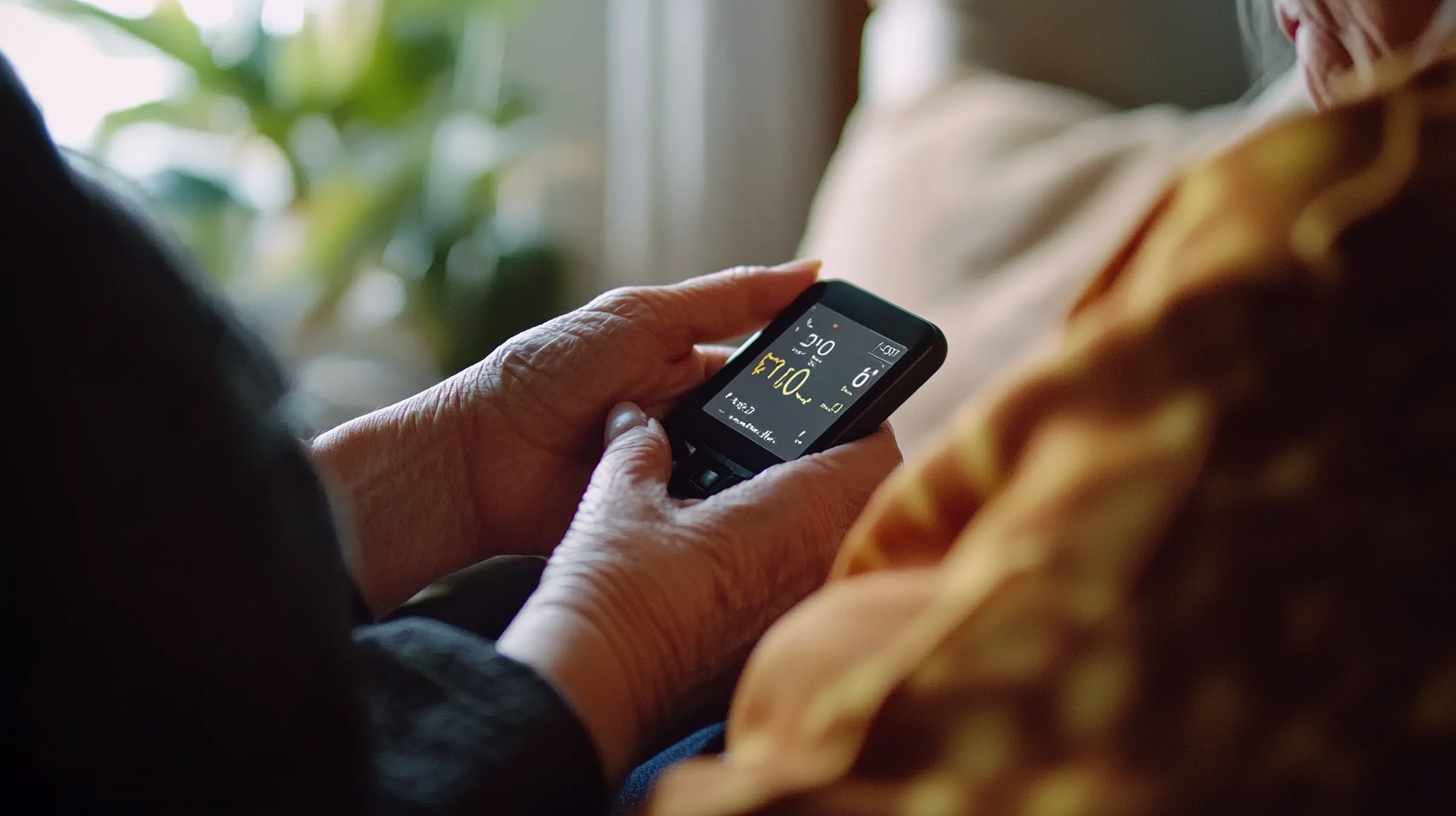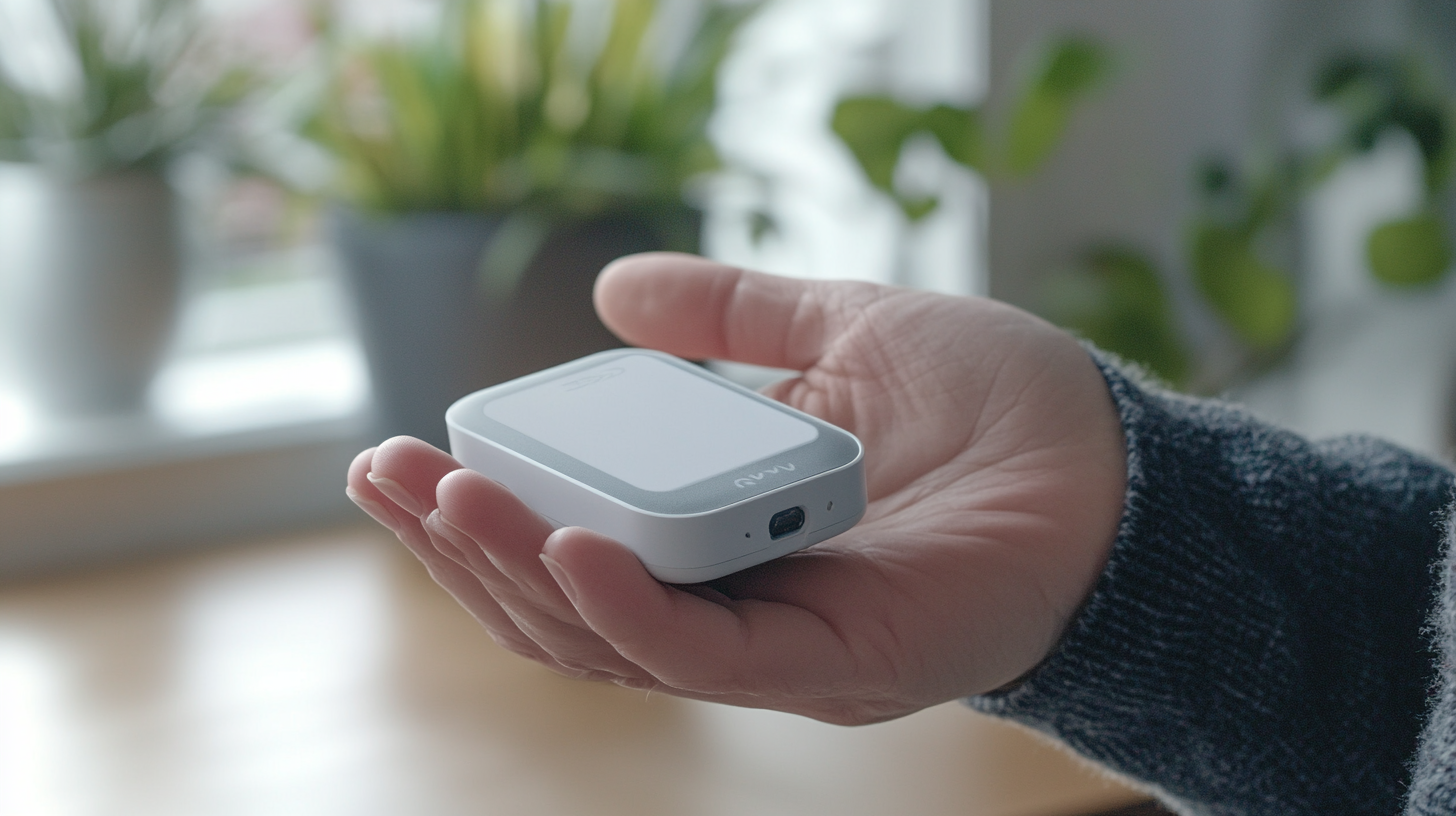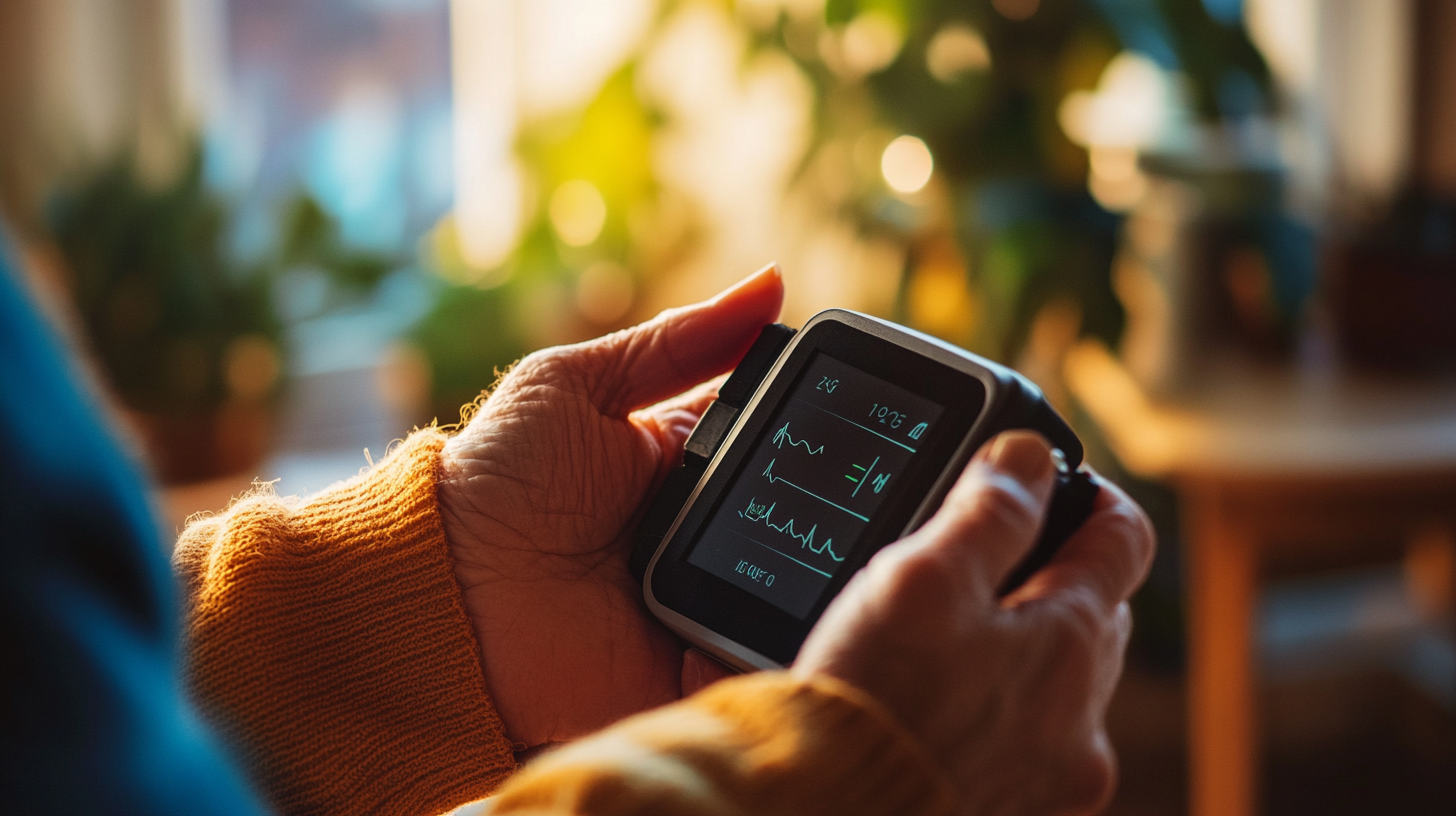Unlocking the Benefits of Using a Portable Pulse Oximeter in Everyday Life
In today's fast-paced world, health monitoring has become an integral part of our daily lives. One device that has gained significant popularity for its practicality and effectiveness is the Portable Pulse Oximeter. This compact gadget not only simplifies the process of monitoring oxygen levels but also empowers individuals to take charge of their health from the comfort of their own homes or on the go. With the increasing importance of health awareness, especially in the wake of recent global health challenges, understanding how to utilize this device can truly enhance our well-being.
The Portable Pulse Oximeter offers a convenient solution for anyone looking to keep track of their respiratory health, making it an essential tool for athletes, individuals with chronic conditions, or those recovering from illness. By seamlessly integrating this device into our everyday routines, we can ensure that our bodies are functioning optimally, enabling us to make informed decisions about our health. In this blog, we will explore the numerous benefits of using a Portable Pulse Oximeter, discuss its features, and highlight how it can contribute to a healthier lifestyle.

Understanding the Importance of Blood Oxygen Levels in Daily Health Monitoring
Monitoring blood oxygen levels has become increasingly important in our daily health routines, especially in light of recent health crises like the COVID-19 pandemic. A portable pulse oximeter serves as a vital tool for individuals to keep track of their oxygen saturation levels, providing critical information that can indicate whether medical attention is required. By utilizing this small, fingertip device, users can quickly assess how well oxygen is being delivered throughout their body, a capability particularly crucial for those suffering from respiratory conditions or recovering from COVID-19. The shift toward remote health monitoring has gained traction, with devices being utilized to wirelessly transmit vital signs to healthcare professionals. This is a game-changer for seniors and individuals with chronic illnesses, as it ensures timely interventions when necessary. The ease of measuring oxygen levels at home empowers patients to take charge of their health, reducing the need for frequent hospital visits, thereby minimizing exposure to illnesses. Moreover, technological advancements are enhancing the reliability and accuracy of blood oxygen monitoring. As health tech companies work to eliminate discrepancies in readings—such as biases reported during the pandemic—users can trust their pulse oximeters to provide dependable data about their blood oxygen levels. Embracing these tools not only encourages proactive health management but also aligns with a broader trend of integrating technology into everyday health practices, positioning individuals to better navigate their health journeys.

Key Features to Look for in a Portable Pulse Oximeter
When selecting a portable pulse oximeter for everyday use, there are several key features to consider that can enhance its functionality and ease of use. First and foremost, accuracy is paramount. A reliable pulse oximeter should provide precise readings of blood oxygen saturation levels and heart rate. Look for devices that have been clinically validated and come with clear instructions to ensure you can trust the data they provide.
Another important aspect is the display quality. A good pulse oximeter should have a clear, easy-to-read screen that can be viewed in various lighting conditions. Some devices even come with adjustable brightness and orientation features, allowing you to take readings comfortably whether you’re indoors or outdoors. Additionally, consider an oximeter with a multi-directional display; this can be particularly useful when sharing readings with others or if multiple users are involved.
Portability and battery life are also crucial for those on the go. Opt for a lightweight device that fits easily in your pocket or bag, and check the battery life to ensure it can last through your daily activities without needing constant recharging. Lastly, features like Bluetooth connectivity can offer added convenience, allowing you to sync your readings to a smartphone app for tracking purposes. This not only aids in monitoring your health over time but also provides valuable data for discussions with healthcare providers.

Industry Statistics: The Rise in Home Health Monitoring Devices
The rise in home health monitoring devices, particularly in the wake of the COVID-19 pandemic, represents a significant shift in how healthcare is delivered. The demand for portable pulse oximeters is surging, as they allow individuals to monitor their health conveniently at home. With telehealth becoming a quarter-trillion-dollar reality, access to care has been broadened immensely, enabling patients to engage proactively in their health management from the comfort of their homes.
Recent industry statistics highlight that the patient monitoring market is expected to grow at a compound annual growth rate (CAGR) of 8.9% globally. Companies like Masimo, Welch Allyn, and Philips are at the forefront, innovating and expanding their product lines to include a variety of health monitoring accessories such as SpO2 sensors and blood pressure cuffs. This trend reflects the increasing reliance on accessible technology to enhance health awareness and patient outcomes.
Furthermore, the health and wellness market is projected to grow at a CAGR of 7%, reaching an estimated value of around $8,379 billion by 2033. This growth includes advancements in wearable medical devices that track critical health metrics, indicating a collective shift towards more personalized and preventive healthcare practices. As consumers become more health-conscious, the adoption of portable devices like pulse oximeters will likely continue rising, underscoring their vital role in everyday health monitoring.

Practical Applications of Pulse Oximeters for Everyday Activities
In today's fast-paced world, maintaining optimal health at all times is essential, and a portable pulse oximeter serves as a valuable tool for monitoring our wellbeing. This small, lightweight device provides real-time insights into our blood oxygen saturation levels and pulse rate, making it an ideal companion for various daily activities. Whether you lead an active lifestyle or are simply mindful of your health, incorporating a pulse oximeter can enhance your understanding of your body's needs.
For fitness enthusiasts, a portable pulse oximeter is indispensable during workouts. By tracking oxygen levels, individuals can gauge their endurance and identify when their body requires a break. This not only helps in optimizing workout efficiency but also minimizes the risk of overexertion. Moreover, it empowers users to tailor their training intensity based on their current physical state, ensuring a safer and more productive exercise routine.
Beyond fitness, pulse oximeters prove beneficial for those with chronic respiratory conditions. Individuals with asthma or COPD can use the device to monitor their oxygen saturation levels throughout the day. By recognizing patterns or drops in their oxygen levels, they can take proactive measures, such as adjusting their medication or seeking medical advice, before symptoms escalate. This real-time monitoring fosters a sense of autonomy and confidence in managing their health, ultimately leading to a better quality of life.
The Role of Telehealth in Managing Oxygen Levels with Portable Devices
The rise of telehealth has transformed how individuals manage their health, particularly concerning oxygen levels. According to a report by the World Health Organization, nearly 60% of individuals with chronic respiratory conditions have utilized telehealth services to monitor their health. Portable pulse oximeters play a pivotal role in this transition, providing users with the ability to measure blood oxygen saturation levels quickly and conveniently from the comfort of their homes. These devices have become essential for patients with conditions such as COPD or asthma, enabling real-time data collection that can be shared with healthcare providers.
Telehealth platforms facilitate seamless communication between patients and caregivers, allowing for personalized monitoring and interventions based on the readings gathered by portable pulse oximeters. A study from the Journal of Medical Internet Research found that remote monitoring through telehealth led to a 40% reduction in hospital readmissions for patients with respiratory issues. By employing these portable devices, patients can alert their healthcare providers to fluctuations in their oxygen levels, ensuring timely adjustments to their treatment plans and improving overall health outcomes.
Moreover, the integration of portable pulse oximeters into telehealth systems enhances patient engagement and empowerment. Patients are no longer passively waiting for in-person check-ups; instead, they actively monitor their health metrics, supported by digital platforms that remind them of their readings and medication updates. This proactive approach is backed by research indicating that patients who actively engage in their health management report higher satisfaction and better adherence to treatment regimens, ultimately leading to a more stable health trajectory.


